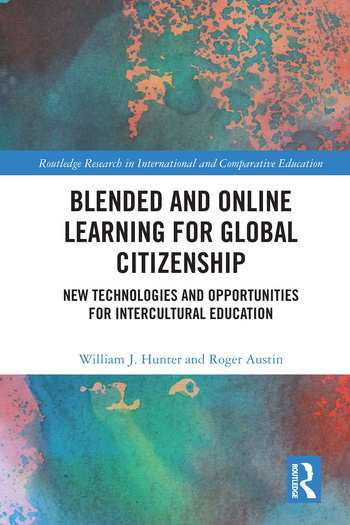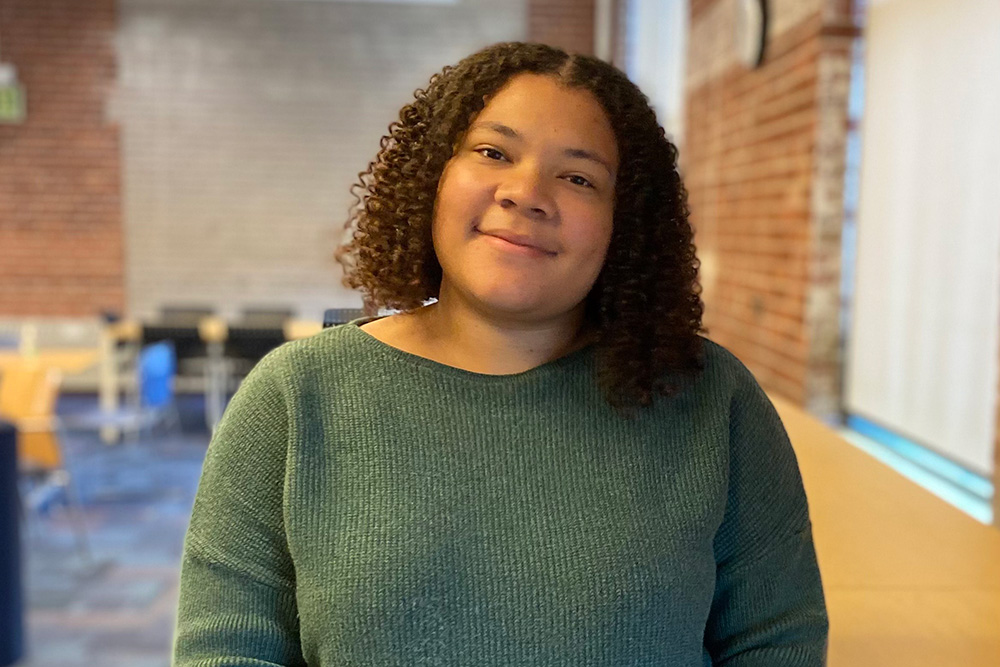How online learning promotes international collaboration and understanding
Ontario Tech Professor co-authors book on technology’s role in facilitating positive contact between students from diverse backgrounds
November 27, 2020

Video conferencing, smart phones, blogs and other technologies have revolutionized the way we connect with one another. Never before have we had access to so many different tools that help us explore new places, meet new people and share ideas.
Over the last several years, many elementary and high school teachers have embraced these technologies as a way of bringing students together from geographically and culturally diverse areas. By enabling students to engage in educational projects with peers from around the world, these virtual cultural exchanges promote global citizenship and help overcome prejudice, even in cultures in conflict.
Researchers Dr. Bill Hunter, Professor in Ontario Tech University’s Faculty of Education, and Dr. Roger Austin, Professor at Ulster University in Northern Ireland, recently published a book documenting the outcomes of these learning experiences. Blended and Online Learning for Global Citizenship: New Technologies and Opportunities for Intercultural Education showcases a number of global and community-based online learning projects that bolster social cohesion and increase students’ understanding of what it means to be a global citizen. This book builds on the research discussed in Dr. Austin’s and Dr. Hunter’s 2013 volume, Online Communication and Community Cohesion: School Links.

The ideas Dr. Hunter and Dr. Austin explore in their book are based on noted American psychologist and educator Gordon W. Allport’s contact hypothesis, which argues that increased opportunities for positive contact between different cultural groups reduces prejudice between these groups.
“People tend to identify themselves not only as individuals, but also as members of a social group,” says Dr. Hunter. “Seventy years of research on the contact hypothesis has shown that when you bring people from different groups together under conditions that encourage trust and communication, they engage in a process of re-categorizing how they think about that ‘other’ group and its members and, possibly, about their prejudices more generally.”
The projects highlighted in the book have a number of commonalities: Students in classrooms from different areas within a country, or in different countries altogether, are linked to work on a collaborative assignment using interactive technologies. Teachers use maps and other tools to help their students understand the partner school. Students interact socially before they begin formal work on the project, which helps build trust between groups. The projects provide a safe and structured environment in which young people can communicate and understand more about one another.
Select case studies include:
- Shared Education in Northern Ireland: As part of the peace process in Northern Ireland, where 93 per cent of pupils attend separate schools (Catholic or Protestant), the government is taking steps to improve community relations by supporting collaborative projects that link children from the two different religious/political communities.
- Center for Technology, Education and Cultural Diversity in Israel: An initiative that promotes the use of technology to link teachers and students at orthodox and secular Jewish schools with students in Arab-Israeli schools to advance mutual respect, dialogue and cross-cultural education.
- European Union eTwinning initiative: A digital collaborative platform that facilitates collaboration between teachers in different European countries topromote awareness of the culturally diverse European model of society and help students develop foreign-language skills. More than 600,000 teachers and 4.5 million students in 200,000 schools have participated.
- International Education and Resources Network (iEARN): Connects educators and youth with their peers in other countries through technology to participate in global projects designed to improve the quality of life on the planet. Beginning in 1988 with 12 schools in New York City and 12 schools in Moscow, Russia, iEARN has grown to include 150 projects in 30,000 schools, in more than 140 countries.*
- Connecting Classrooms through Global Learning: An initiative of the British Council to promote English as a second language, as well as cultural relationships and understanding between people of the United Kingdom and other countries.*
* Guided by the United Nations’ 17 Sustainable Development Goals.
“Blended and online learning in general have become more accepted, leading to a greater recognition that this approach can be particularly powerful when integrated into existing policy, like Shared Education in Northern Ireland,” says Dr. Austin. “In Northern Ireland, blended learning has started to move from the periphery of policy and practice towards the centre.”
As the acceptance of online and blended teaching methods grows, the researchers hope more ideas for peace-building projects will begin to emerge.
“One gratifying development for me in recent months is that some grad students who have heard me talk about the work are thinking about the prospects for using these technologies as part of our peace and reconciliation efforts with Indigenous Canadians,” says Dr. Hunter.



